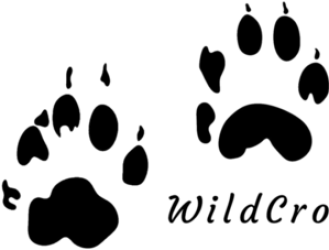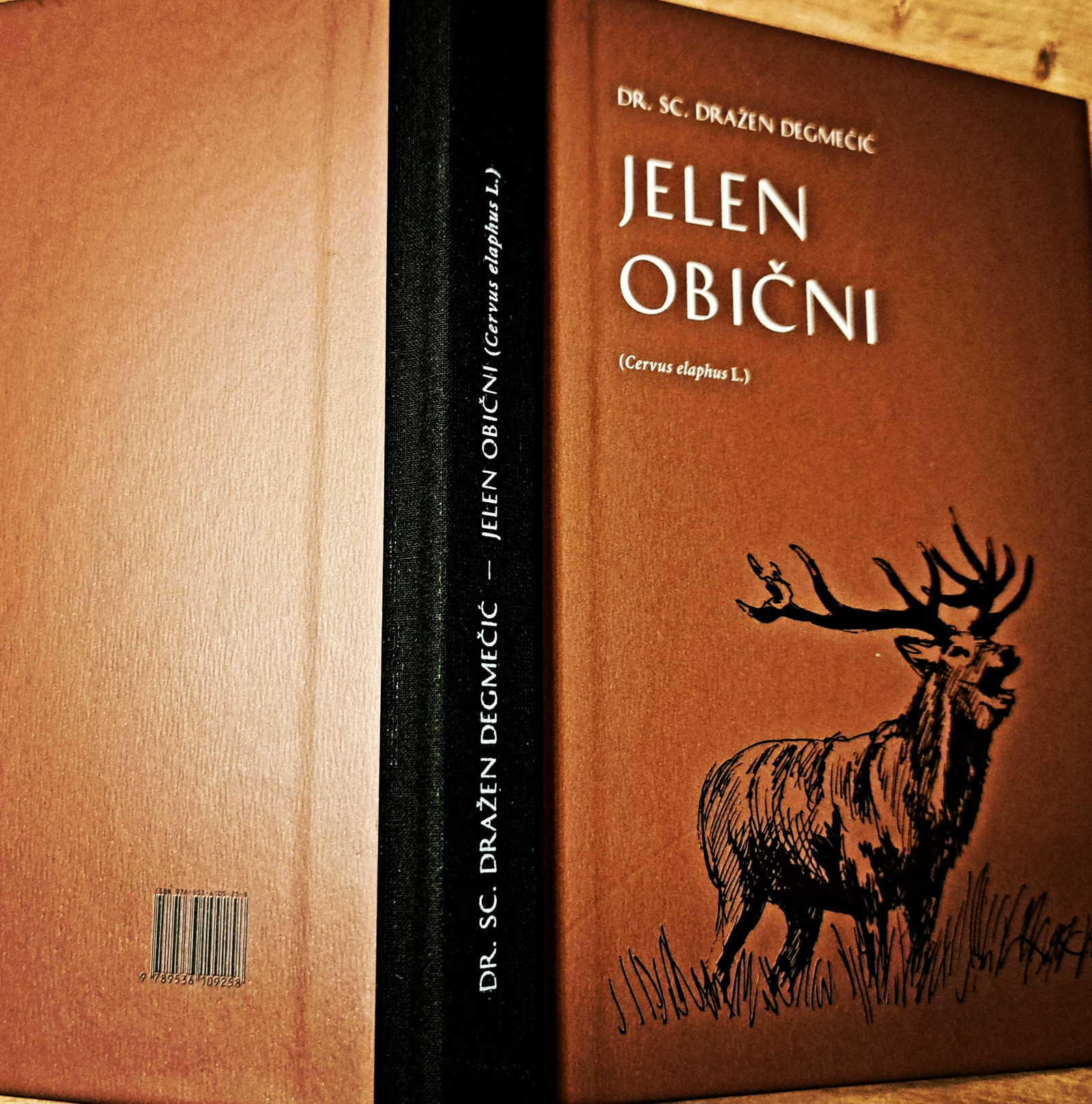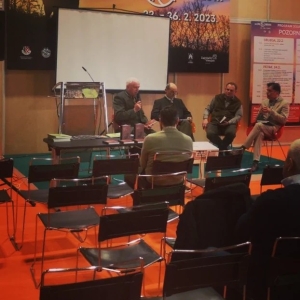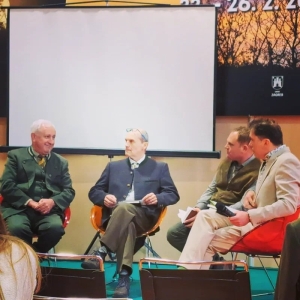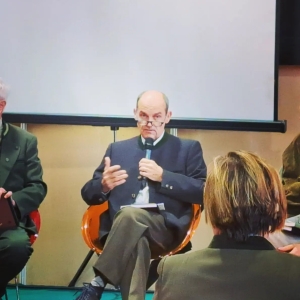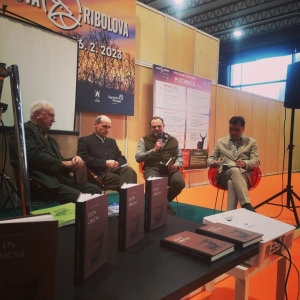The Croatian Hunting Association, as the publisher, published the text by Dražen Degmečić under the name "European Red Deer". According to the reviewer, Professor Zdravko Janicki - text is long-awaited content, for everyone who is interested in this noble game. Whether it is about hunters who directly participate in breeding culling, whether it is about breeders who strive to have healthy and trophy game in natural or farm breeding, whether it is about biologists who try to monitor migrations and numbers and understand the relationships within the population, whether it's about students who are just getting to know the way of life and other peculiarities of this game.
But not only for them, but also for all other curious people who are lovers of nature and animals as well as original national values. In fact, it is a text that, in terms of content, represents a specific upgrade of existing common knowledge about deer game. In order to make this content not only accessible and informative, but above all instructive and recent, the author, in addition to his rich work experience, also brought knowledge from the relevant literature into it. Thanks to this, as well as the didactic approach in the presentation and interpretation of the matter, as well as professional moderation, it can be asserted that this work not only imposes new views of 'old' problems (and thus the consequent effects of cultivation measures), but also destroys some established dogmas (for example in the given sex ratio of newborn calves). Of course, the author supported everything with results, tables and graphs.
"It's an impressive resource for anyone with an interest in European Red Deer, regardless of age or level of education."
Reviewer: Associate Professor de. Gorazd Vangušt
In this sense, the content of the text is logically divided into four main chapters. The first chapter refers to deer calves and is divided into several subchapters. Thematically includes: population parameters and their importance, dynamics of fertilization and calving, fertilization rate, growth and physical development of calves as well as various losses and average body mass and its later meaning as well as population density. At the end of the chapter, there are instructions for practitioners, namely how to observe, excrete and what to expect in the selective culling of calves.
The second chapter is dedicated to hinds and also consists of several subchapters. In the beginning, the division by age groups was interpreted from a practical point of view, and special chapters were devoted to female or older females. In addition to the essential characteristics of females, interactions within the age group are also described, with an emphasis on the season of mating and entry into reproduction. The text is supported by data on the achieved body masses and the consequent characteristics of the females, the influence on the mating time and the fertilization rate, the dynamics of pregnancy and the vitality of the calves.
The third chapter is dedicated to males. At the same time, the broader context of the natural breeding of deer game as well as the important ecological and legislative connotations is given in the introduction. Then follows a comprehensive description of males according to age groups. All descriptions relating to body growth and development, antler development and progression as well as factors affecting trophy and breeding value of antlers. Antler trophy values and age estimation parameters are accompanied by relevant tabular representations and pictorial illustrations.
The fourth part of the text is devoted to the population. The author quite understandably points out the importance of the population as such and the possibility of monitoring it through key parameters. This emphasizes the importance of the population in which all the essential characteristics of an individual take place and develop in interaction both with the herd and with the habitat. In this sense, the total number, population density (and all traps resulting from this parameter), gender and age structure, antler development and mortality and its causes are interpreted.
Overall, the reader gets a completely new and far more complex insight into the events within the deer game populations of our climates. What's more, this is the additional hidden value of this work, because it does not deal with compilations but brings original insights. He examines the same within the autochthonous habitats and peculiarities of our deer populations, and only then compares the knowledge gained with internationally published values.
It is especially important to emphasize the practical value of this work. They primarily stem not only from the author's many years of personal experience in deer breeding, but also from the fact that the author approached from a scientific point of view in observing events and recording relevant parameters. Such an approach is also reflected in a large number of studied relevant scientific works, some of which are also in the list of literature. In addition, I can point out that the common denominator of each paragraph of the text is to interpret observed events or changes in simple language and correctly judge their consequences. This is especially important for all those who are professionally engaged in the breeding of deer game and will certainly find answers to numerous questions. I am personally convinced that the English edition of this book would have a large international audience because, in addition to the peculiarities of Croatian deer populations, it also brings some universal knowledge about this noble game.
Following the above, this valuable work is written both in a scientific and professional manner, yet easy to read, innovative, educational and accessible for any reader who shows even a little interest in deer game.

